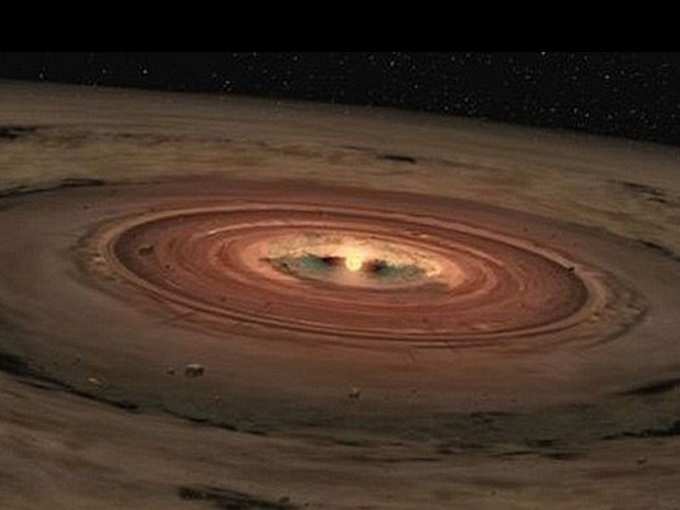
Putting aside earlier age estimates for both the
A new study has found that the timing of the giant impact between the Earth's ancestor and a planet-sized body occurred around 40 million years after the start of the solar system formation.
Geochemists have discovered an isotopic signal which indicates that previous age estimates for both the Earth and the Moon are underestimated.
One of the standard methods to estimate early Earth events is measuring the changes in the proportions of different gases (
Researchers Guillaume Avice and Bernard Marty analysed
The gas sealed in this quartz is preserved as in a ‘
Recalibrating dating techniques using the ancient gas allowed them to refine the estimate of when the Earth began to form. This allowed them to calculate that the Moon-forming impact is around 60 million years older than had been thought.
"The xenon gas signals allow us to calculate when the atmosphere was being formed, which was probably at the time the Earth collided with a planet-sized body, leading to the formation of the Moon. Our results mean that both the Earth and the Moon are older than we had thought," Avice added.
The research was presented at the
(Image:
